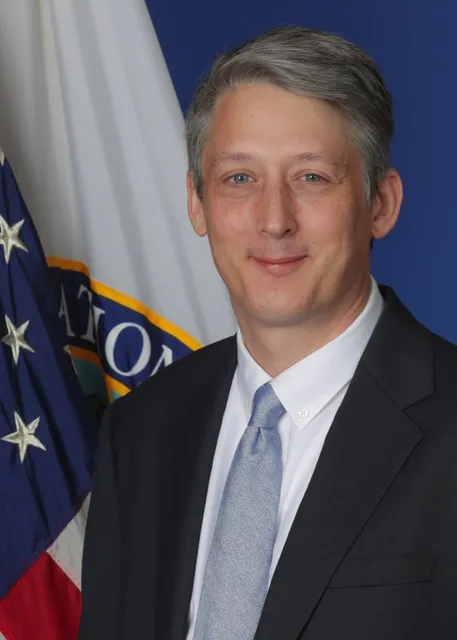James Kvaal is the outgoing U.S. underneath secretary of training. His tenure ends with the inauguration of Donald Trump on Jan. 20.
After a long time of an accelerating pupil debt disaster, Joe Biden is the primary president to make use of each out there instrument to alleviate the burden of borrowing for faculty. He will probably be remembered for turning the web page on the worst penalties of the nation’s failed experiment with debt-financed faculty and starting a brand new chapter on how one can pay for greater training.
For the previous two generations, rising reliance on pupil debt appeared like a straightforward resolution to paying for faculty. Mortgage phrases had been set for gratis to the federal government, and college students had been anticipated to simply earn sufficient to pay the loans again following commencement.
But it surely didn’t work out that approach. One in three debtors don’t graduate, leaving them with debt however no diploma. As a result of curiosity piles up so quick, greater than 20 million individuals owe greater than they borrowed. Earlier than the pandemic, greater than 1,000,000 individuals default on their faculty loans yearly.
Some critics say that pupil debt impacts debtors of all earnings ranges equally. However hair stylists, therapeutic massage therapists and different staff incomes modest wages typically went into debt to get the coaching, certificates or levels wanted for his or her jobs. And debt isn’t just an issue for the roughly 43 million individuals with pupil loans. It hurts their households and communities as a result of it stands in the way in which of financial safety, homeownership and potential new companies.

James Kvaal, the U.S. underneath secretary of training underneath President Joe Biden
Permission granted by U.S. Division of Training
Others say we must always remove pupil debt altogether. However till Congress and states put money into decrease tuitions and bigger scholarships — as President Biden has proposed — loans will stay important for a lot of low-income and middle-class college students.
The COVID-19 pandemic exacerbated these festering issues. Almost 3 of each 5 college students lacked sufficient entry to meals or housing in the course of the pandemic, placing them prone to dropping out. And most debtors of modest means anticipated they couldn’t afford mortgage funds.
By pausing funds and curiosity on federal loans, the administration saved the common borrower in reimbursement greater than $3,800 and helped them persevere by way of the nationwide emergency. President Biden additionally fought partisan opponents in court docket for as much as $20,000 in one-time aid for debtors — all the way in which to the U.S. Supreme Courtroom.
Whereas the pause gave debtors a break, the U.S. Division of Training labored on long-term options.
First, we targeted on individuals who had been owed forgiveness however had been blocked by forms.
For instance, solely 7,000 individuals had ever obtained Public Service Mortgage Forgiveness from this system’s creation in 2007 to when President Biden took workplace in 2021. Many public servants deliberate their careers round this profit solely to be taught too late that that they had the unsuitable kind of mortgage or had spent years within the unsuitable reimbursement plan. Now, greater than 1 million debtors have obtained the aid they earned.
We additionally saved guarantees to debtors with everlasting disabilities and those that had been cheated by schools. In whole, we’ve authorised greater than 5 million individuals for mortgage aid. Many extra debtors are set to learn within the years to come back.
I’ve heard numerous tales about what this life-changing aid has meant for People. They are saying they’re lastly capable of plan for retirement, repay medical bills, and even have extra youngsters.
On the similar time, not all of our efforts succeeded. Some 40 million debtors and their households proceed to really feel the load of each the Supreme Courtroom resolution to disclaim one-time aid and litigation hindering our skill to assist debtors experiencing hardship.
Second, to assist individuals with low incomes and excessive money owed, the Biden administration created Saving on a Helpful Training, or SAVE — an income-driven reimbursement plan that might lower month-to-month funds in half for eligible debtors. Individuals making funds would lastly see their balances happening, as a substitute of up because of ballooning curiosity.
SAVE served virtually 8 million individuals earlier than partisan lawsuits held it up, and it’s now underneath judicial overview. The SAVE plan is much like different reimbursement plans the division has created over the previous 30 years, and we proceed to defend it in court docket.